On November 28, 2024, HDFC Bank, India’s largest private bank, made headlines as it reached a coveted milestone: its market capitalization shot past ₹14 lakh crore for the first time. On Thursday, the stock rose to yet another fresh high of ₹1,836.05 showing a strong upward momentum with the bank now firmly listed among the top three of the most valuable companies on India’s stock exchanges.
This accomplishment does not just reflect the sound financial health of the bank but also shows a more profound trend in the Indian banking sector and, indeed, the broader stock market. Let’s look at some deeper insights into what’s driving HDFC Bank’s stock price and its market capitalization crossing the ₹14 lakh crore mark, and what this means for investors.
HDFC Bank Market Cap Crosses ₹14 Lakh Crore: A Historic Achievement
HDFC Bank’s meteoric growth to a market capitalisation of ₹14 lakh crore puts it firmly in the bracket of India’s most valuable companies. On November 28, 2024, in the early morning, the stock hit an all-time high of ₹1,836.05 and marginally breached ₹14 lakh crore in market cap when it touched ₹14.01 lakh crore. But as some broad market sentiment and sharp profit-taking saw the market cap fall a tad bit, it still remained well above ₹13 lakh crore.
Today, HDFC Bank emerges as the third most valuable listed company in India, after IT behemoth Tata Consultancy Services (TCS) with a market cap of ₹15.60 lakh crore and the country’s industrial house Reliance Industries, with a market cap of ₹17.50 lakh crore, at the top.
It’s not just about the market cap, but also about how HDFC Bank has, for a long time, demonstrated its robust business model and steady performance. Investor confidence in HDFC Bank’s future prospects will keep increasing in the days ahead.
Reasons for HDFC Bank’s Stock Surge
1. MSCI Rebalancing and Foreign Investment Inflows
A key catalyst for HDFC Bank’s phenomenal rise in market value has been the recent rebalancing of the MSCI (Morgan Stanley Capital International) Emerging Markets (EM) Index. This rebalancing, which came into effect on November 25, 2024, has resulted in an increased weightage for HDFC Bank within the index, and this is expected to bring in a massive influx of foreign institutional investor (FII) capital into the stock.
Based on a Nuvama Alternative Research estimation, it could mean inflow to Indian markets amounting to almost $2.5 billion; a sizeable part of the inflow could accrue to HDFC Bank, mainly since its increased weightage is set to boost its inclusion by as much as about $1.9 billion of FII inflows into MSCI Emerging Markets.
This rebalancing has been positively responded to by the market, with HDFC Bank having received significant capital inflows, which has boosted investor sentiment and contributed to its stock price surge. As international investors rebalance their portfolios to reflect HDFC Bank’s larger role in the MSCI EM Index, the stock has seen a strong rally.
2. Strong Financial Performance and Consistent Growth
Its solid stock price performance is also highly contributed to by the good fundamentals of HDFC Bank. This bank has always exhibited good growth in its financial metrics, thereby helping improve investor confidence. HDFC Bank’s standalone net profit for the second quarter of FY25 increased 5.3 per cent to ₹16,821 crore from ₹15,976 crore in the same quarter a year ago.
This consistent growth in profitability, along with a strong increase in NII, shows that the bank can generate revenue even in the most trying market conditions. HDFC Bank’s NII rose 10% year-on-year to ₹30,110 crore, showing its strong position in the banking sector.
The core net interest margin for the bank stood at a healthy 3.46% on total assets and 3.65% on interest-earning assets, albeit slightly down from the last quarter but still robust. Thus, these financial metrics not only help to reinforce the profitability of the bank but also its resilience in maintaining margins in a competitive market.
3. Resilient Loan Growth and Asset Quality
HDFC Bank has demonstrated strength in maintaining healthy loan growth while taking care of its asset quality. The latest quarterly results were marked by a steady growth in the loan book, which has been a major driver of earnings for the bank. Diversification in the form of retail loans, corporate loans, and SME loans helped the lender navigate market cycles and continue to deliver stable returns.
It has maintained the asset quality of HDFC Bank, with its non-performing asset ratio still at a level that is not beyond acceptable limits. In such a period of economic uncertainty, there would normally be an increase in loan defaults. Therefore, a bank that maintains risk discipline and practices prudence in lending helps investors have confidence in such a bank and, consequently, is distinguished from other banks in India.
4. Dividend Payouts and Investor Returns
HDFC Bank also boasts an investor-friendly approach through its consistent and attractive dividend payouts. The bank has paid regular dividends for many years, which makes it a popular stock among both retail and institutional investors. Dividend payouts create a steady flow of income for the investor, making the bank’s stock even more attractive.
Over the years, HDFC Bank has been able to maintain a stable payout ratio while also ensuring that it reinvests a portion of its profits back into business expansion and innovation. This balanced approach has helped the bank retain a loyal investor base while continuing to grow its business.
5. Positive Market Sentiment and Broader Economic Recovery
Beyond the specific catalysts for HDFC Bank, the macroeconomic environment itself has been supportive of large-cap banks like HDFC Bank. Overall, India’s economic recovery, supported by good growth in GDP, positive consumer sentiment, and reform-related factors, has provided a generally supportive backdrop for the banking sector.
The Reserve Bank of India (RBI) has also played a supportive role by keeping interest rates relatively stable, which has benefited banks with strong deposit bases like HDFC Bank. Furthermore, the bank’s well-established digital infrastructure has allowed it to capitalize on the growing trend of digital banking, contributing to its overall growth and market value.
Stock Price Trend: What’s Next for HDFC Bank?
HDFC Bank’s stock is up nearly 5% week to date, reflecting continuing interest in the shares, which now stand at approximately this level at the end of November 2024. The stock is also up 4.8% for the past month and 6% on a YTD basis. On a 12-month trailing basis, the stock has soared by 18%.
It can remain attractive in the current market to a long-term investor who sees value within the banking space with a share price of ₹1,809.15 (last traded). Given that the share price experienced some profit-taking after peaking above ₹14 lakh crore in terms of market capitalization, it is evident that the analyst community would continue to back its long-term prospects on solid fundamental backdrops and impressive growth prospects for HDFC Bank.
HDFC Bank: The Third Most Valuable Company in India
With a market capitalization of ₹14.01 lakh crore, HDFC Bank now finds itself in the third position in the list of India’s most valuable companies. It is only behind Reliance Industries, which commands a market cap of ₹17.50 lakh crore, and Tata Consultancy Services (TCS), which has a market cap of ₹15.60 lakh crore. This position underscores the bank’s strong market standing and its significant influence within the Indian economy.
The increasing market cap of HDFC Bank also underlines the increased contribution of the financial industry to India’s overall market cap. The traditionally leading sectors of India, technology, such as TCS and energy, like Reliance Industries, are seeing increased contributions from financials, specifically the banking sector, in setting up the Indian stock market.
Financial Picture: Key Points
In summary, HDFC Bank’s recent performances have been a reflection of the bank’s continued growth as well as resilience amid market challenges. Some important financial highlights are as follows:
- Net Profit: ₹16,821 crore (up 5.3% YoY)
- NII: ₹30,110 crore (up 10% YoY)
- Core NIM: 3.46% on total assets and 3.65% on interest-earning assets
- Loan Growth: The loan book has grown steadily in the last few quarters with controlled asset quality.
HDFC Bank’s capacity to achieve robust revenues, while sustaining asset quality and loan growth will help it emerge as one of the leading players in the Indian banking space. Its strategic thrust into digital transformation and diversified services would continue to remain pivotal in future growth.
Conclusion: HDFC Bank’s Future
HDFC Bank crossing the ₹14 lakh crore market capitalization mark is a reflection of not only the bank’s growth trajectory but also its ability to navigate the complexities of a fast-changing financial environment. Investors remain optimistic about its prospects, with analysts forecasting further gains in the coming months, driven by solid fundamentals, a favourable macroeconomic environment, and an influx of foreign investments.
HDFC Bank continues to be a long-term investment candidate for investors due to stable returns, growth prospects, and a proven record of financial solidity. The short-term volatility poses risks, but the bank’s financials, market position, and attractive dividend yields make it a very worthwhile addition to any portfolio.
As HDFC Bank continues to evolve and expand over the next few years, it will remain one of India’s most valuable.
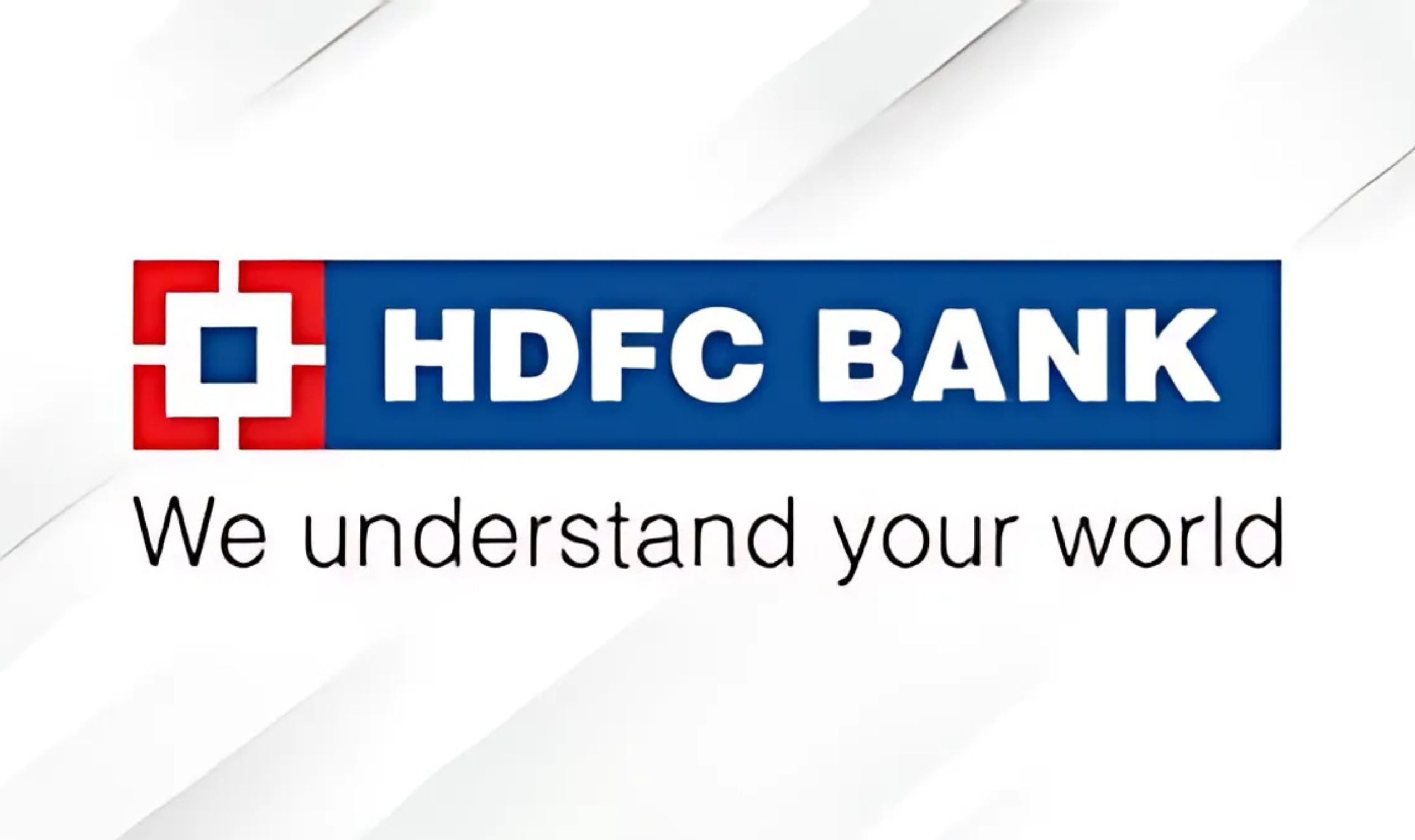


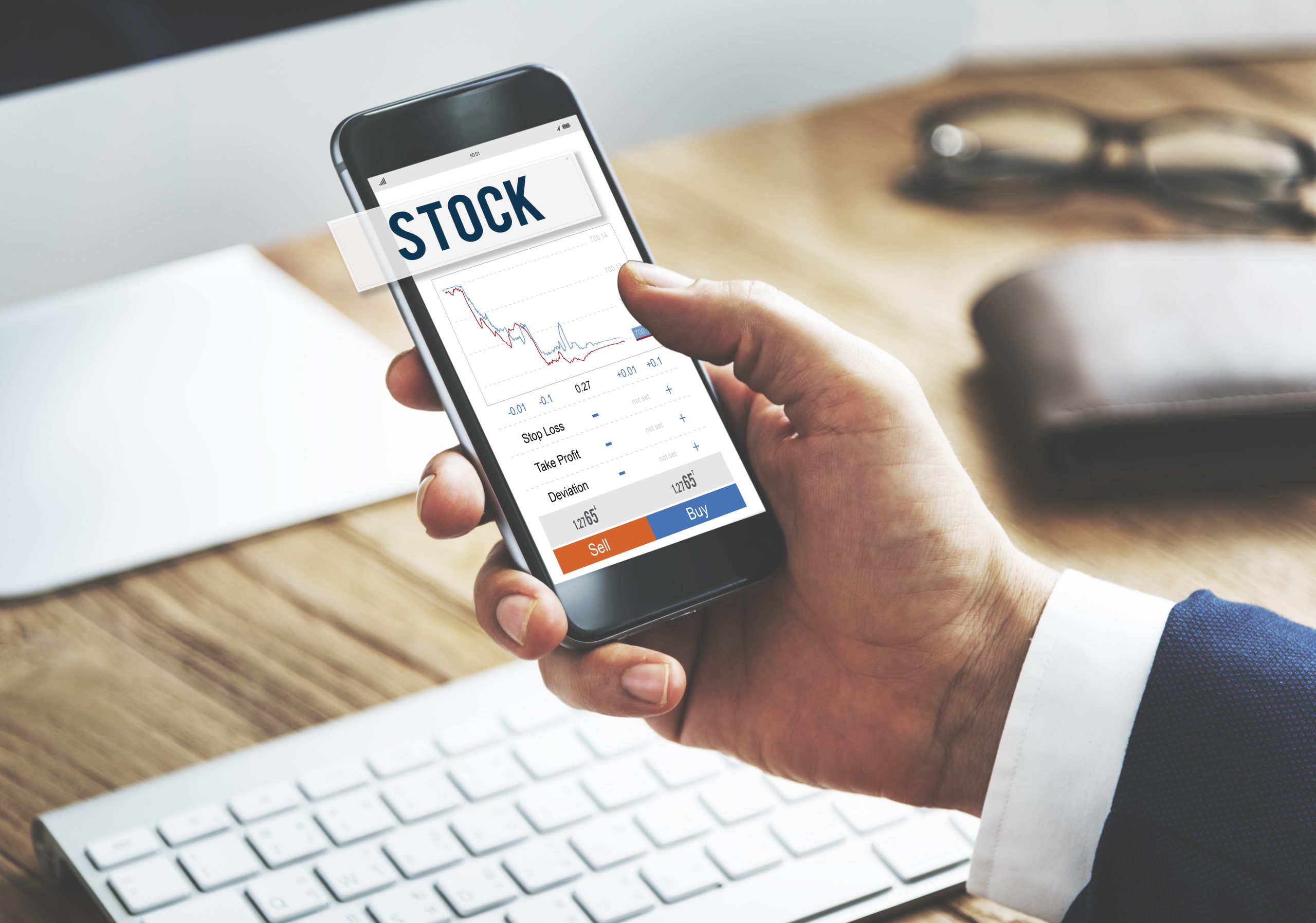
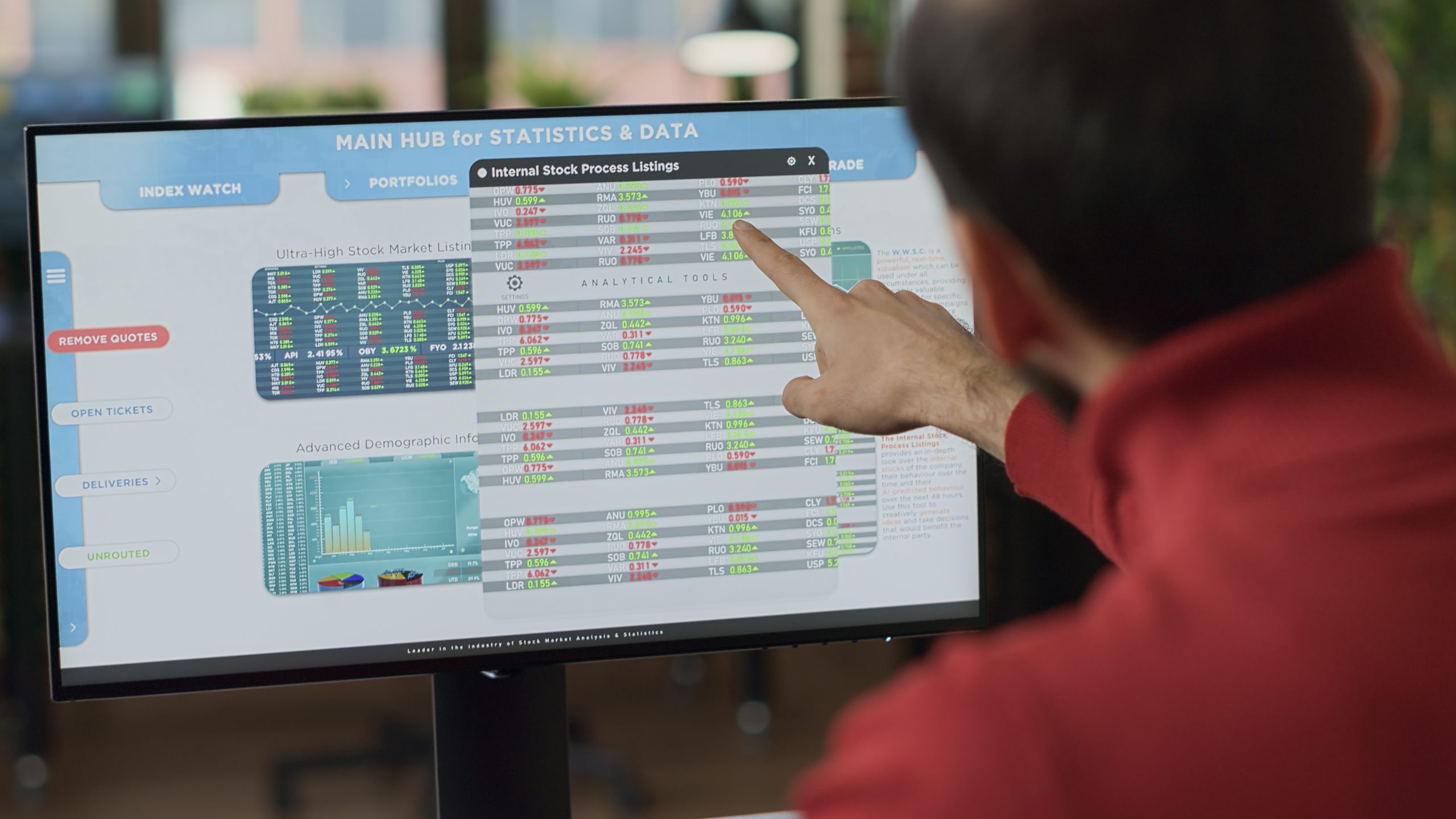


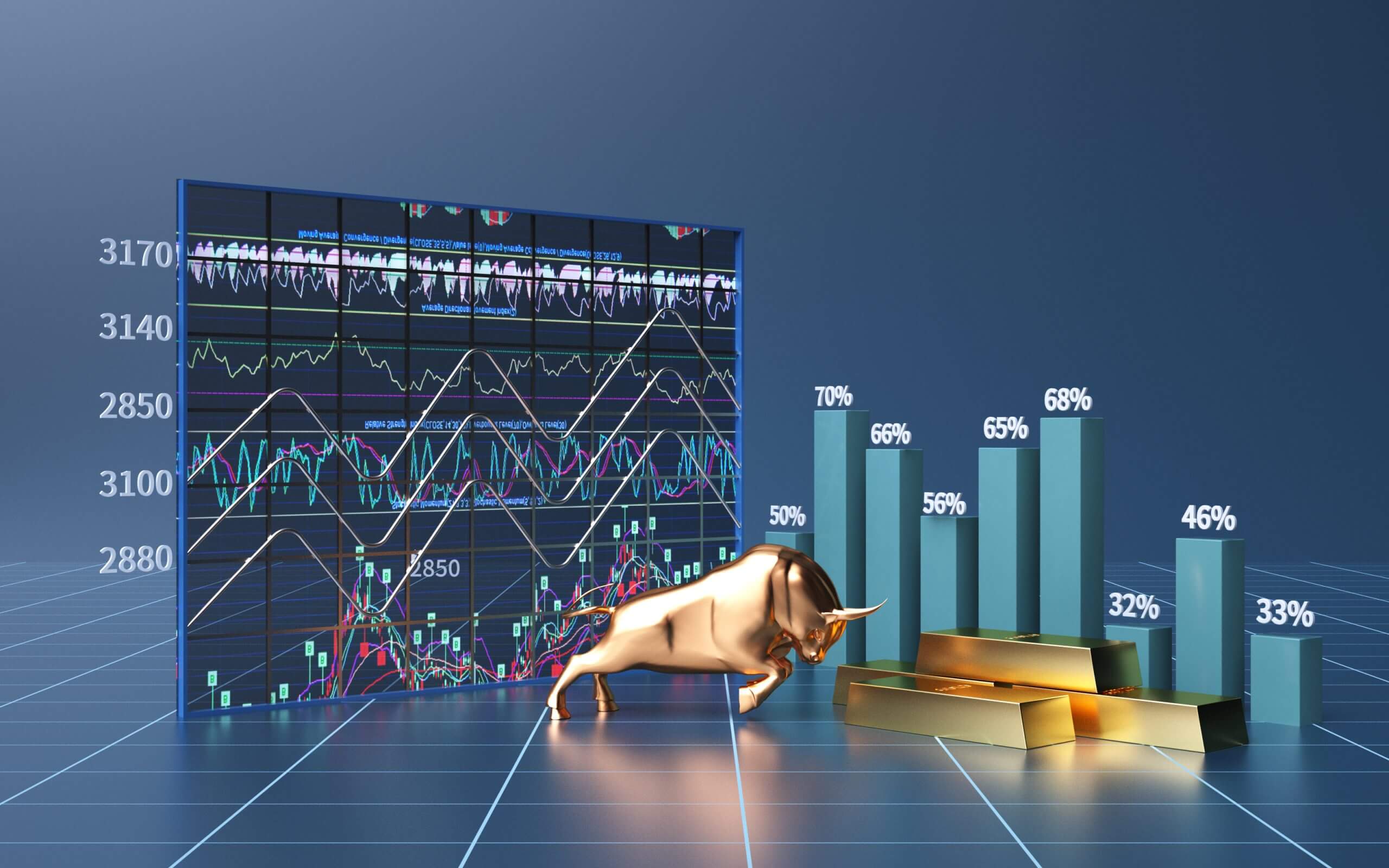


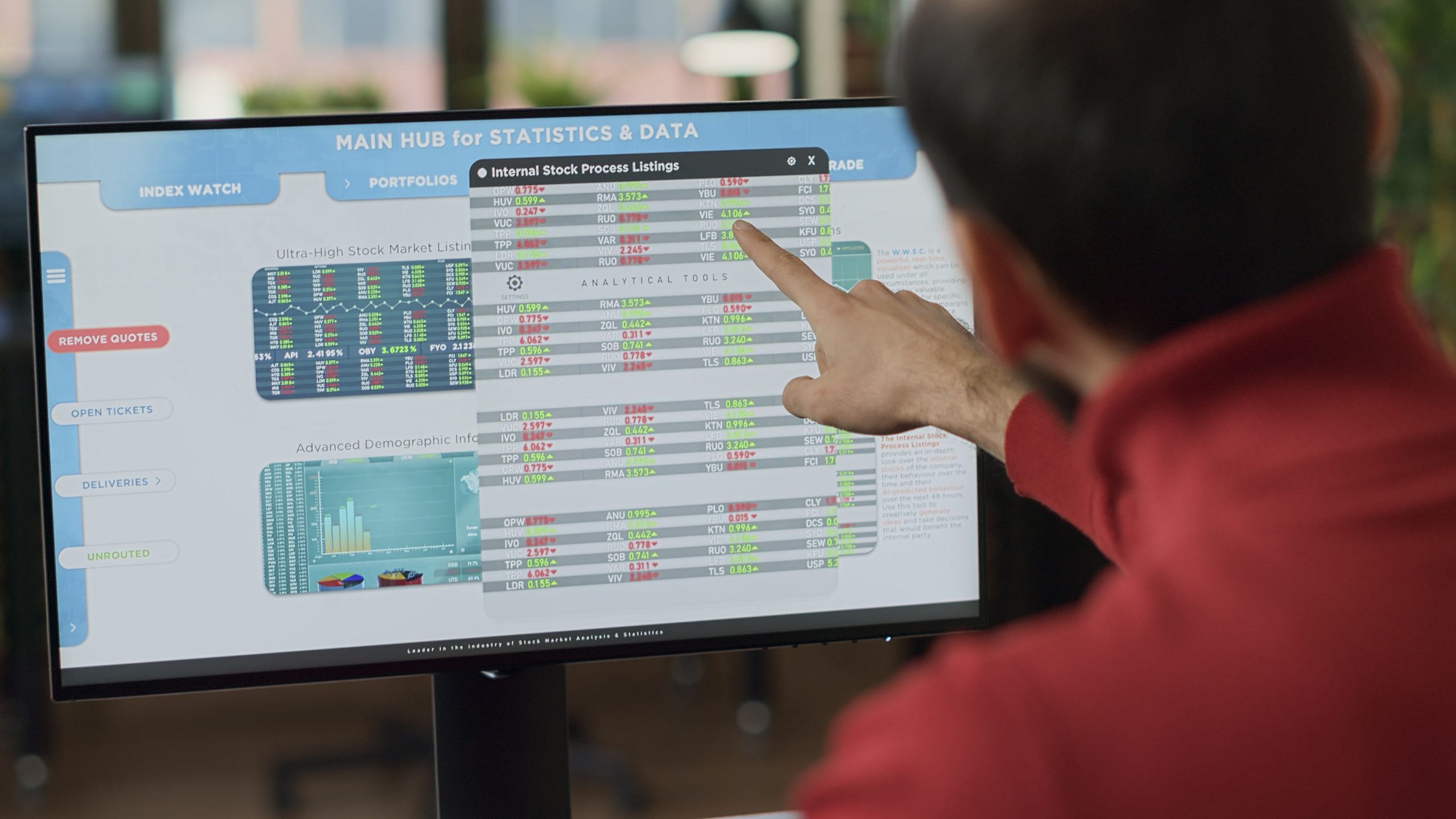

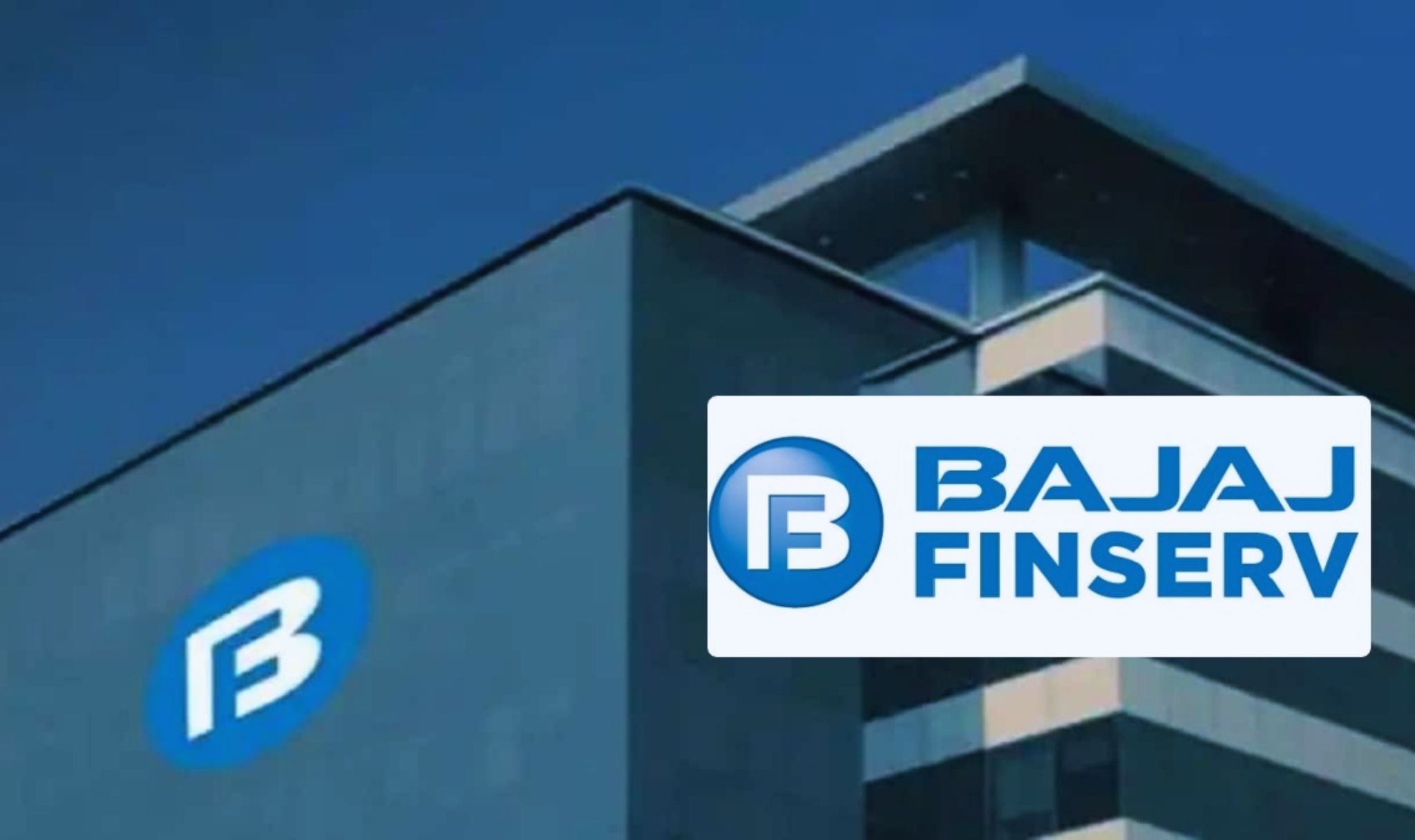


0 Comments